If you’ve ever eavesdropped on a Canadian conversation and wondered whether “double-double” referred to math, coffee, or a secret hockey strategy, you’re not alone. Canadian slang is an art form: polite yet puzzling, cheerful yet cryptic. While Americans share the same language, they often trip over uniquely Canadian expressions. Here are 21 Canadian slang words Americans always get wrong.
Toque

A “toque” is simply a winter hat, but not just any hat, it’s the knitted, fleece-lined crown that saves Canadians from frostbite six months a year. Americans might call it a “beanie,” but that term doesn’t do justice to its cultural significance. The toque isn’t just about warmth; it’s a badge of northern endurance. Whether it’s worn stylishly slouched or pulled down tight, every Canadian owns at least three. It’s the one accessory that transcends class, style, and geography. Try calling it a beanie in a Canadian ski town, though, you’ll out yourself faster than you can say “eh.”
Double-Double
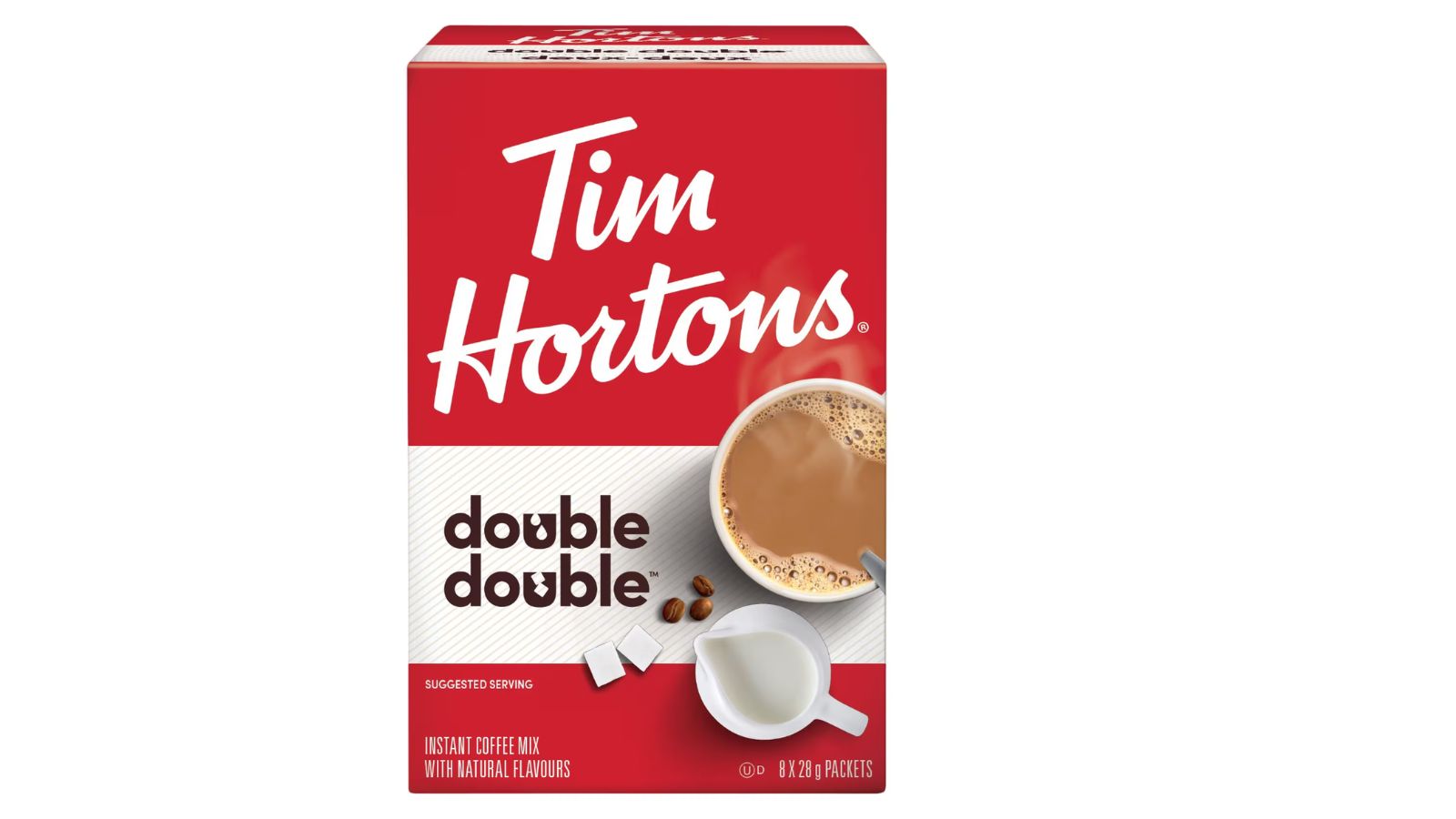
At first glance, “double-double” sounds like a basketball term, but in Canada, it’s a sacred coffee order. It means two creams, two sugars, usually from Tim Hortons, the unofficial national café. The phrase has become so iconic that it’s used even outside coffee shops. People say “I need a double-double” as shorthand for “I’m exhausted, please don’t talk to me.” Americans often assume it’s a large-size drink or an espresso shot, but no, it’s about ratio, not quantity. Understanding “double-double” is practically a citizenship test for newcomers, especially those who prefer their coffee black.
Keener

“Keener” refers to someone overly eager, think that classmate who sits in the front row, raises their hand for every question, and reminds the teacher about homework. Americans might use “teacher’s pet” or “try-hard,” but “keener” has a uniquely Canadian flavor: it’s teasing, not cruel. Being a keener isn’t entirely bad, it can mean you care too much, which, in Canada, is practically a national trait. The term pops up in schools, offices, and even beer leagues. It’s affectionate ribbing for those who take everything, especially trivia night, a little too seriously.
Loonie and Toonie
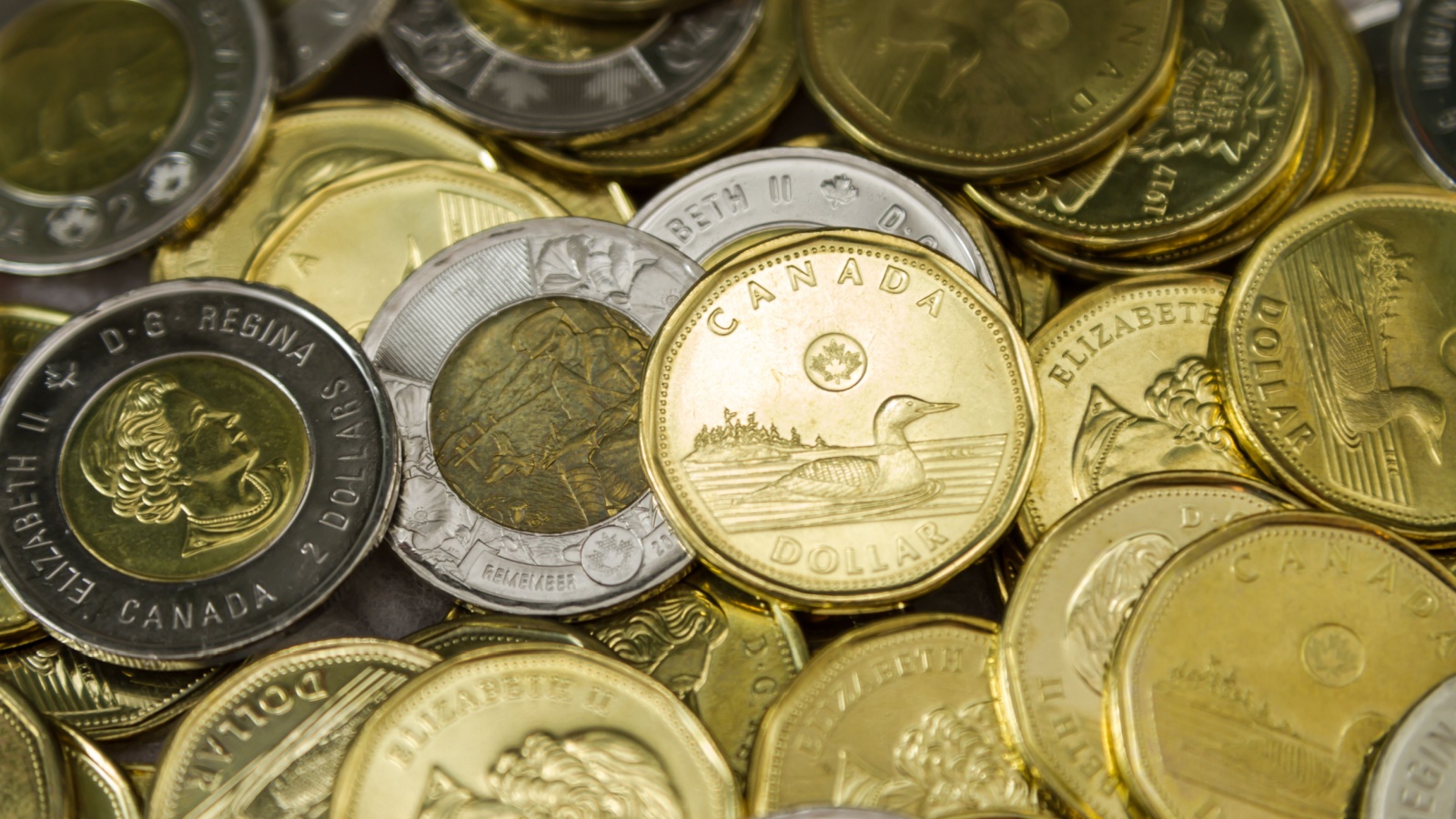
To Americans, “loonie” sounds like an insult and “toonie” like a cartoon sidekick. In reality, they’re coins: the $1 “loonie” named after the loon bird on it, and the $2 “toonie,” a portmanteau of “two” and “loonie.” These coins confuse tourists used to dollar bills. Canadians, however, proudly jingle pockets full of them. They even serve as small symbols of thrift, handy for vending machines, parking meters, or the occasional charitable coffee shop jar. Americans often think they’re novelty tokens until they realize, with mild shock, they’re actual currency worth something.
Washroom
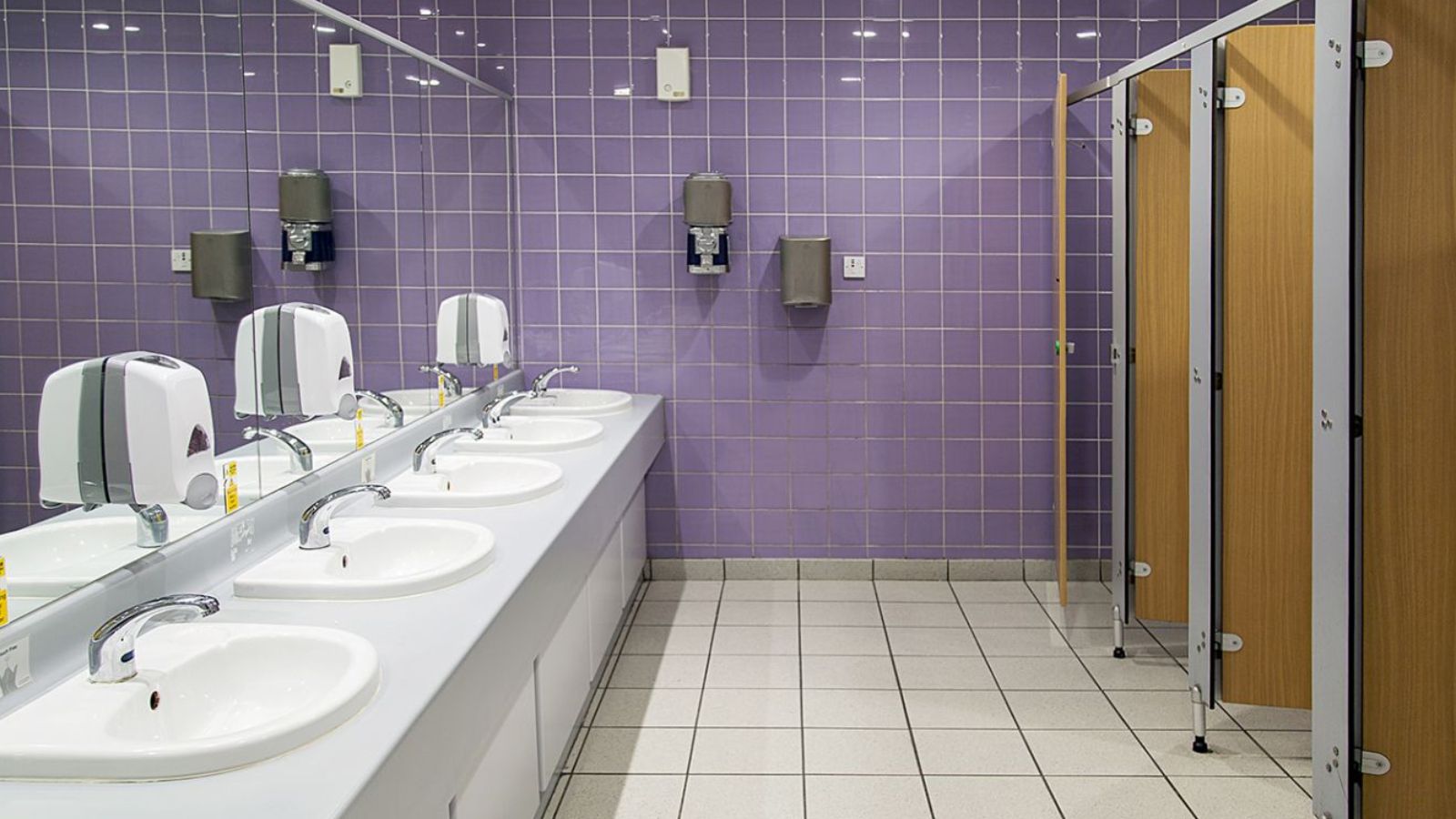
Ask an American for the “washroom,” and they might assume you’re looking for somewhere to shower. But in Canada, it simply means restroom, bathroom, or toilet, take your pick. Canadians prefer the softer, more polite “washroom,” reflecting the country’s obsession with decorum. You’ll hear it in homes, restaurants, airports, everywhere. It’s one of those words that subtly separates Canadians from their southern neighbors, who find it oddly formal. But in true Canadian fashion, the term keeps things clean, both linguistically and hygienically.
Pop
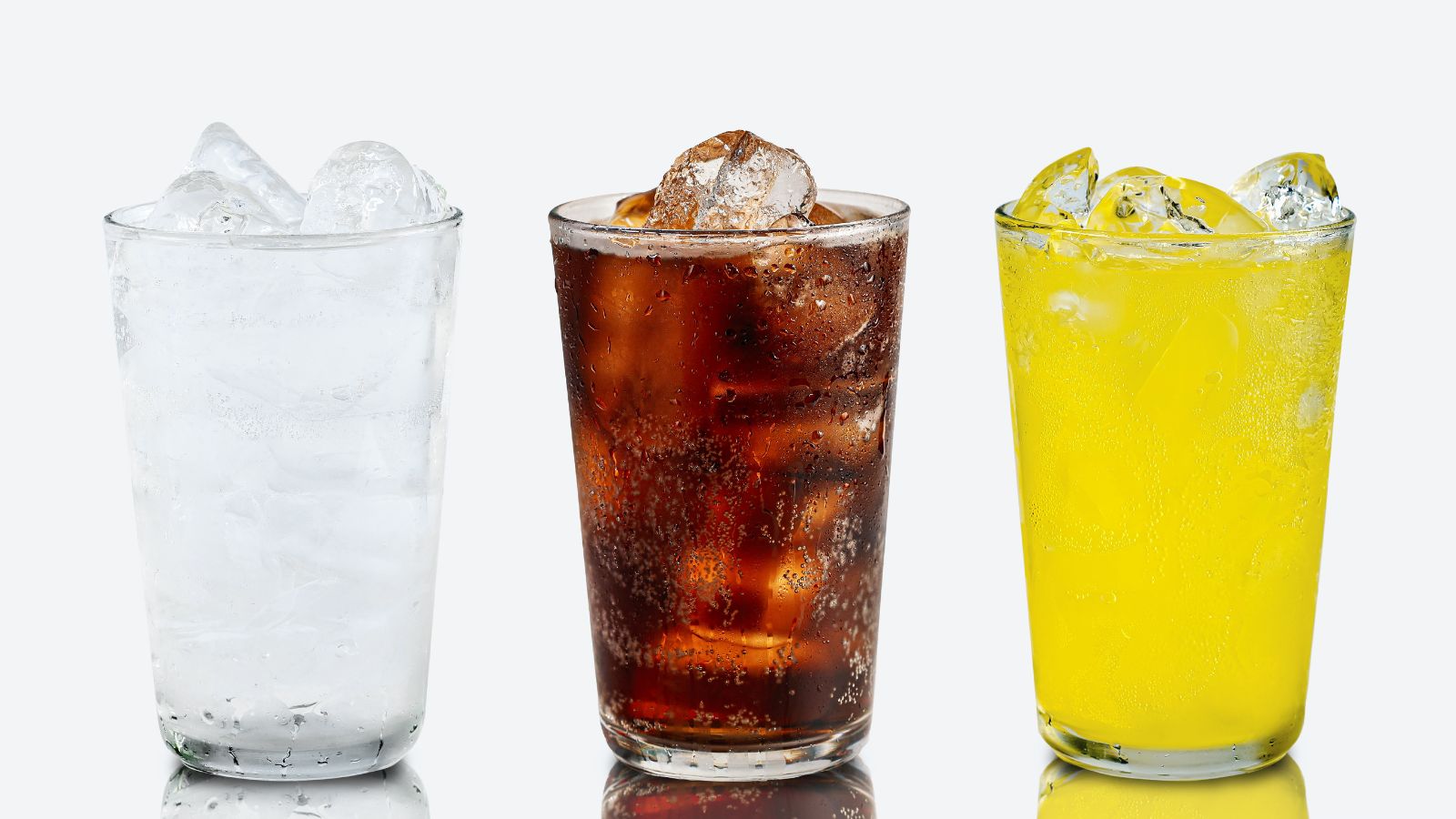
In much of Canada, “pop” means soda, Cola, Sprite, anything carbonated and sugary. Americans often say “soda” or “soft drink,” leading to light-hearted confusion at restaurants. Ask for “pop” in the U.S. Midwest, and you might still get it; ask for it in New York, and you’ll get a blank stare. “Pop” feels fitting for Canada, it’s friendly, casual, and just a bit nostalgic, recalling corner stores and two-liter bottles at hockey tournaments. No one says “soft drink” unless they’re trying to sound like a vending machine.
Runners

In Canada, “runners” are athletic shoes, what Americans call “sneakers” or “tennis shoes.” The word makes sense; after all, you run in them. But to Americans, “runners” sounds oddly specific, as if Canadians only use them for marathons. In reality, “runners” cover every kind of casual footwear, from gym shoes to everyday kicks. It’s a small linguistic difference that instantly identifies you north of the border. If you hear, “Grab your runners, we’re going to Canadian Tire,” you’re in safe territory.
Pencil Crayon
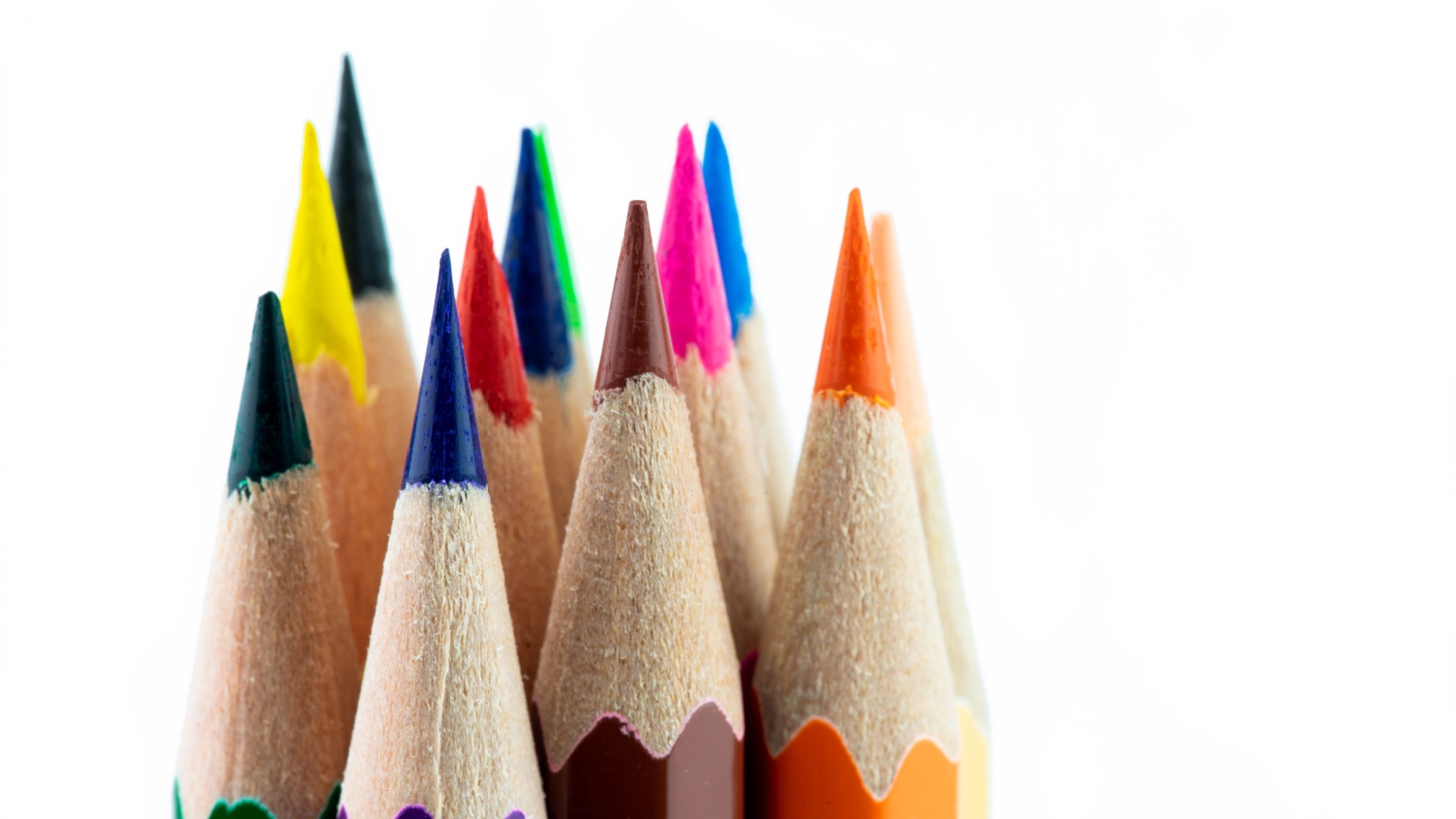
This one really throws Americans off. “Pencil crayon” refers to what they call “colored pencils.” It’s logical when you think about it, pencils, but with color. Still, the phrase amuses foreigners who picture a hybrid art tool. The term is common across Canadian schools, where kids grow up with “pencil crayons” as standard stationery. For Americans, it’s another example of how Canadian English often adds precision, or at least whimsy, to everyday words. It’s not weird; it’s efficient, why use two separate terms when one fun phrase will do?
Klick
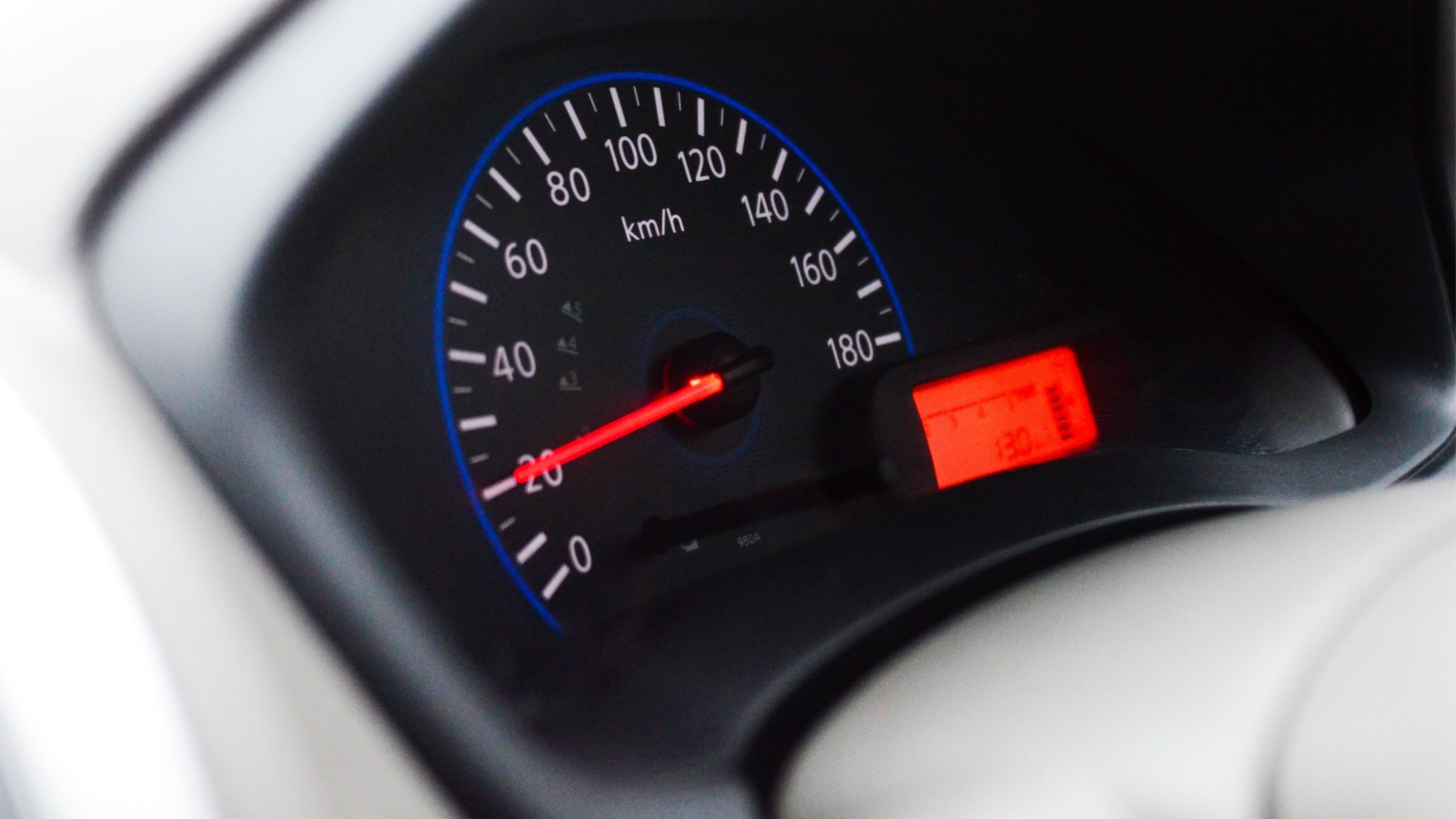
Military and law enforcement circles might know “klick” as slang for kilometer, but Canadians use it more casually. “It’s about five klicks down the road” means “five kilometers,” not “five clicks of your mouse.” The word reflects Canada’s metric system and relaxed attitude toward distance. Americans, still loyal to miles, often misinterpret it entirely or assume it’s military jargon. “Klick” bridges that odd gap between metric measurement and conversation, proving Canadians can make even units of distance sound cool.
Eh
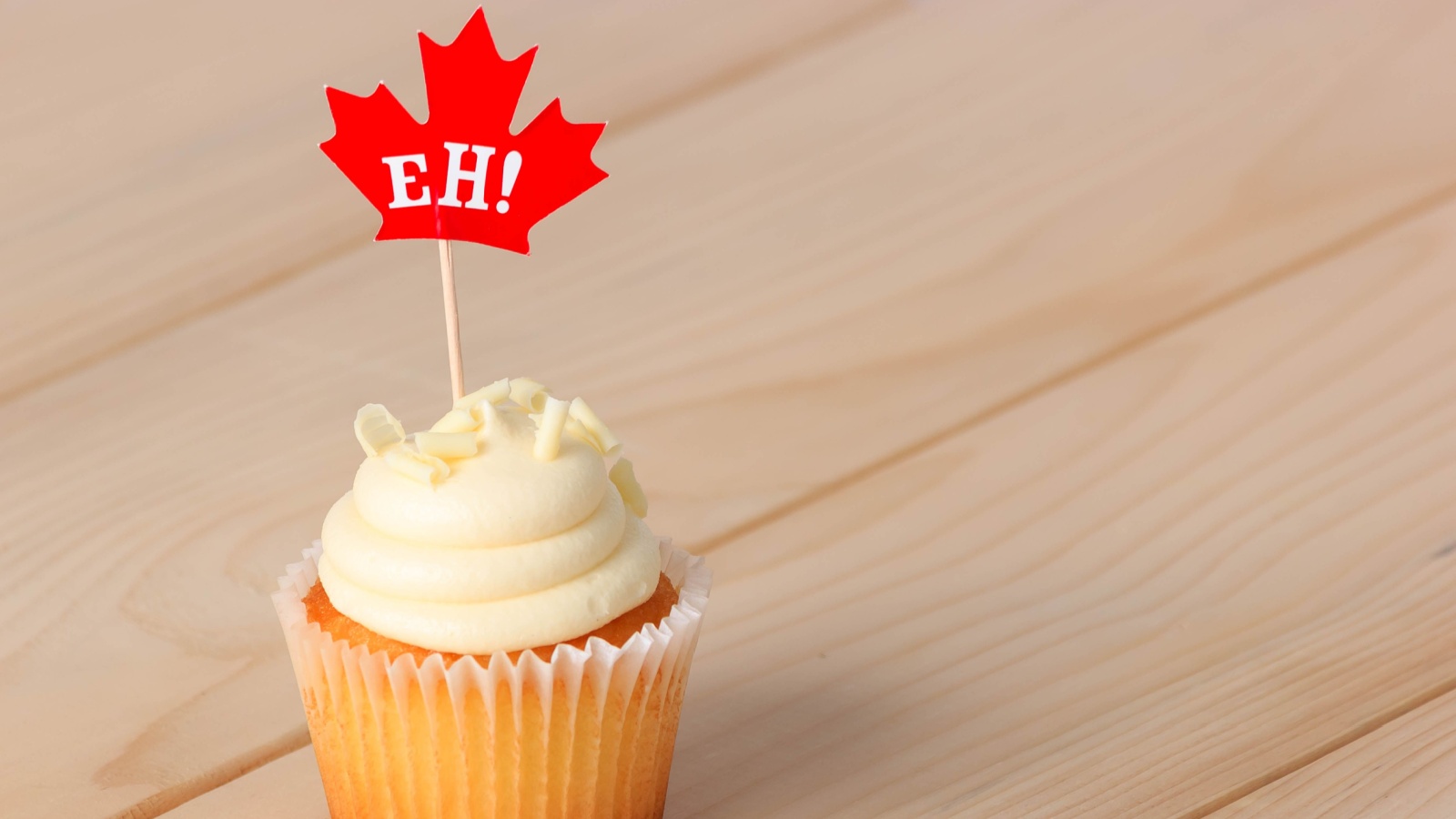
Few expressions are more iconic, or misunderstood, than “eh.” Americans often assume it’s a nervous tick or a national joke, but “eh” serves a linguistic purpose. It’s a soft prompt seeking agreement or understanding, like “right?” or “you know?” It makes speech friendlier, less confrontational. “Nice weather, eh?” isn’t ignorance; it’s connection. Overuse of “eh” is rare; it’s usually sprinkled naturally at the end of sentences. To outsiders, it sounds comedic; to Canadians, it’s punctuation for politeness.
Hydro
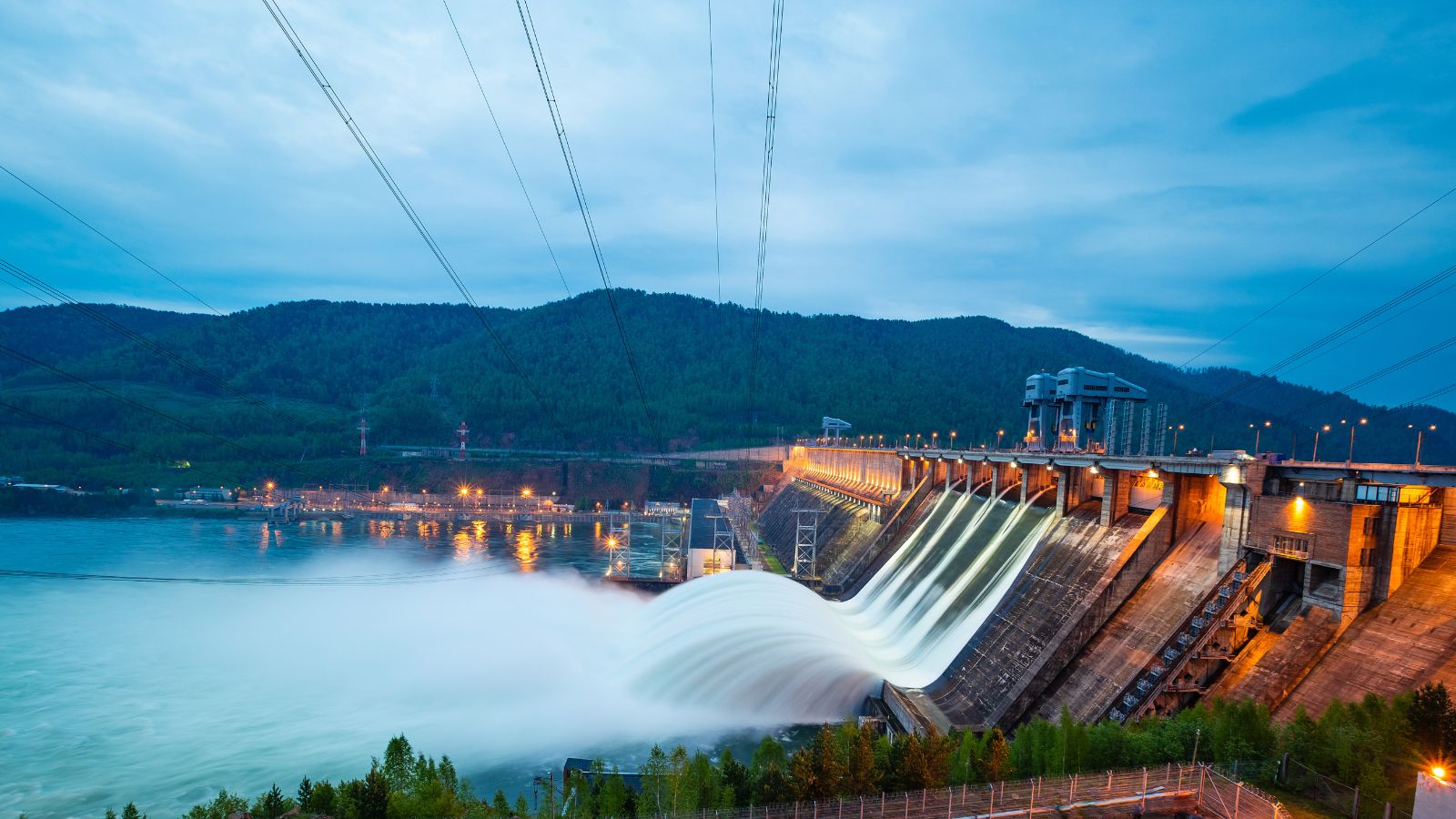
“Hydro” confuses Americans because it sounds like bottled water branding. In Canada, it means electricity. That’s thanks to the country’s heavy reliance on hydroelectric power. So, when someone says, “My hydro bill’s too high,” they’re talking about their electricity, not their water usage. The term appears on utility bills, government websites, and household conversations alike. It’s a linguistic relic from the early 20th century that stuck. For newcomers, it’s a useful reminder that Canada generates most of its power from water, literally.
Chinook
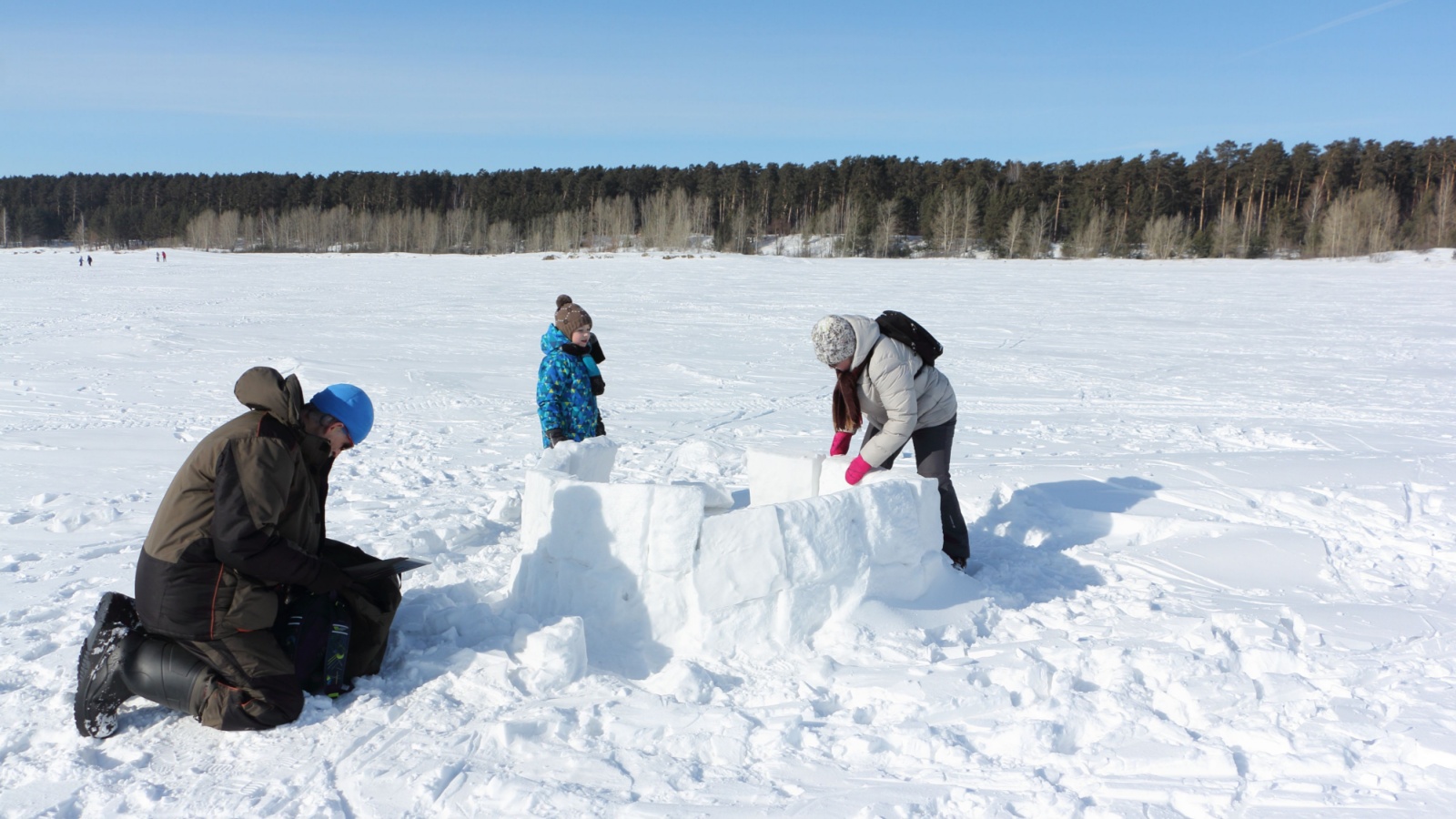
In Alberta, “Chinook” doesn’t just mean a salmon or a helicopter; it refers to warm winds that sweep through the Rockies in winter. These sudden temperature shifts can melt snow overnight, turning minus twenty into a comfortable spring day. Locals treat Chinooks like gifts from the weather gods; Americans often mistake the term for a product name. The word originates from Indigenous languages, a reminder of how Canadian slang often blends local geography and cultural roots. It’s both meteorology and heritage in one neat gust.
Hoser

Made famous by 1980s comedians Bob and Doug McKenzie, “hoser” means a clumsy, uncool person, basically, a Canadian redneck. It’s usually playful, not mean-spirited. The word’s origins lie in hockey: the losing team supposedly “hosed down” the rink after games. Today, it’s more of a nostalgic jab than an insult. Americans who hear it often think it’s harsher than it is, missing the humor. In reality, calling someone a “hoser” is like calling them a lovable goof, especially if they spill beer on themselves.
Chesterfield
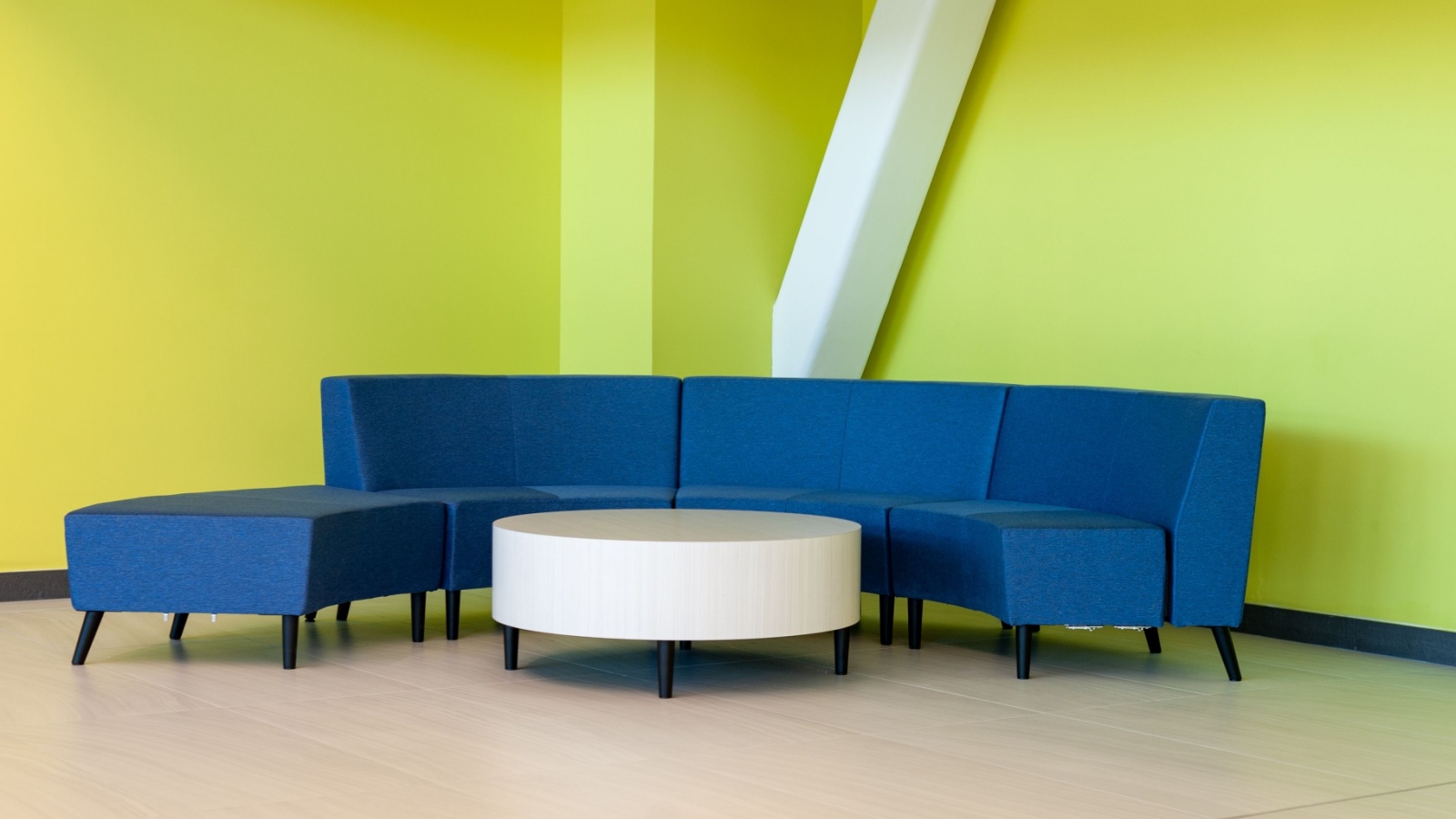
Before IKEA invaded living rooms, Canadians called couches “chesterfields.” The word sounds regal, but it simply refers to a sofa. Though it’s fallen out of common use among younger generations, many older Canadians still say it. Americans rarely recognize the term, assuming it’s an old brand or a fancy furniture style. For many Canadians, “chesterfield” evokes nostalgia, grandparents’ homes, plaid upholstery, and plastic covers. Even if it’s outdated, it’s one of those words that keep the country’s linguistic past alive.
Kerfuffle
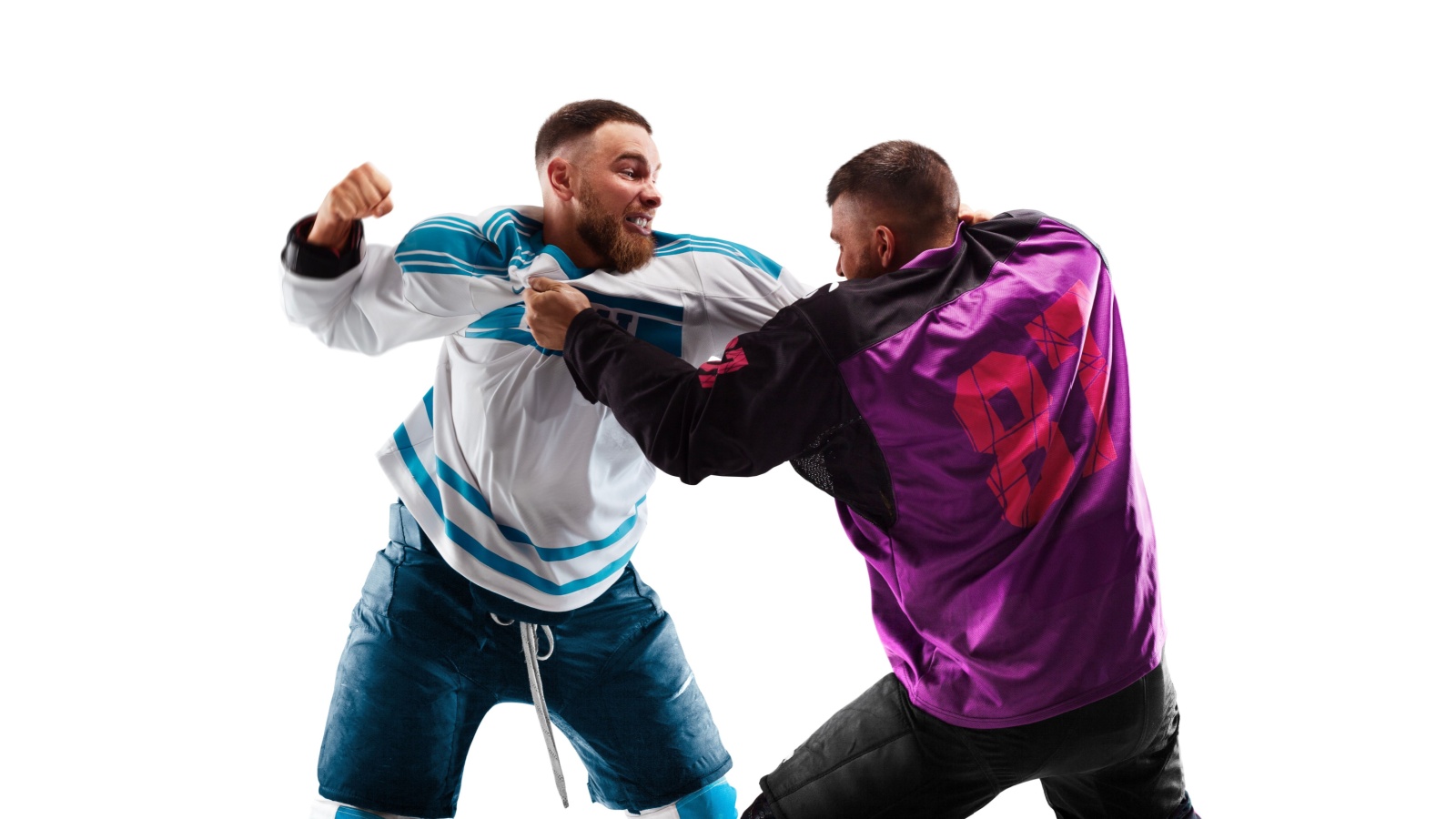
While not uniquely Canadian, “kerfuffle” has been lovingly adopted into everyday speech across the country. It means a commotion or fuss, often over something trivial. “There was a bit of a kerfuffle at the hockey game” could mean anything from a mild argument to a full-on brawl. Americans use “commotion,” but “kerfuffle” adds a hint of humor. It’s charmingly old-fashioned yet still current, a word that manages to sound both polite and dramatic at once, much like Canadians themselves.
Mountie
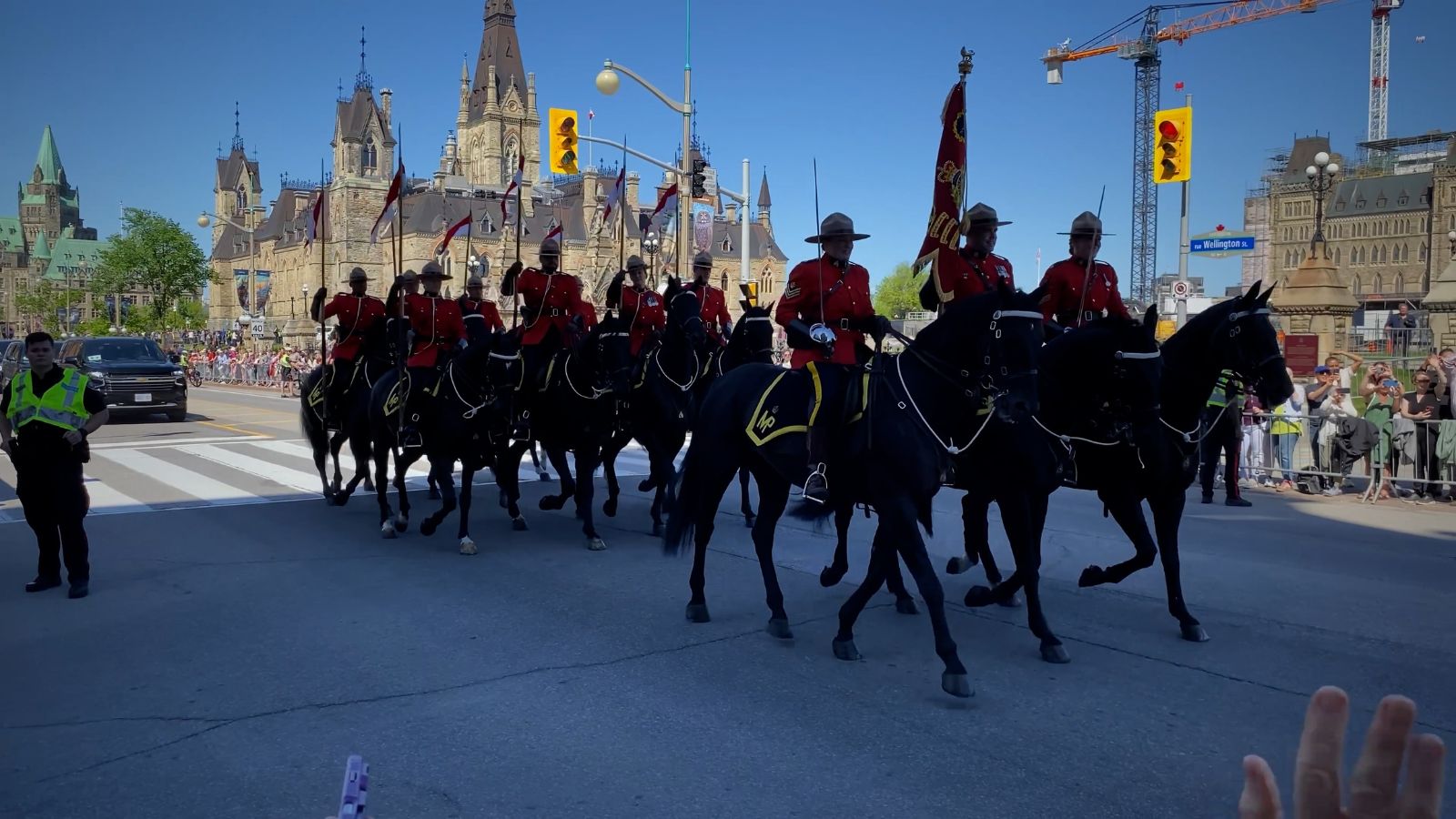
Americans know the image, the red uniform, the hat, the horse, but “Mountie” is more than a costume. It’s short for the Royal Canadian Mounted Police (RCMP), the national law enforcement agency. The term carries both respect and national pride, though locals rarely use it in formal contexts. Americans often romanticize Mounties as cartoonish symbols, forgetting they’re real officers doing modern policing. The word “Mountie” endures because it captures a uniquely Canadian mix of tradition and toughness.
Snowbird

“Snowbird” refers to Canadians who migrate south, usually to Florida or Arizona, during the winter. It’s not about birds but retirees seeking warmth. Americans use it too, but Canadians practically invented the lifestyle. The term captures a national truth: when you live half your life shoveling snow, tropical golf suddenly seems reasonable. Many snowbirds own seasonal homes, returning north when the ice melts. It’s a slang term turned demographic label, and it says as much about Canadian winters as it does about Canadian wallets.
Timmies
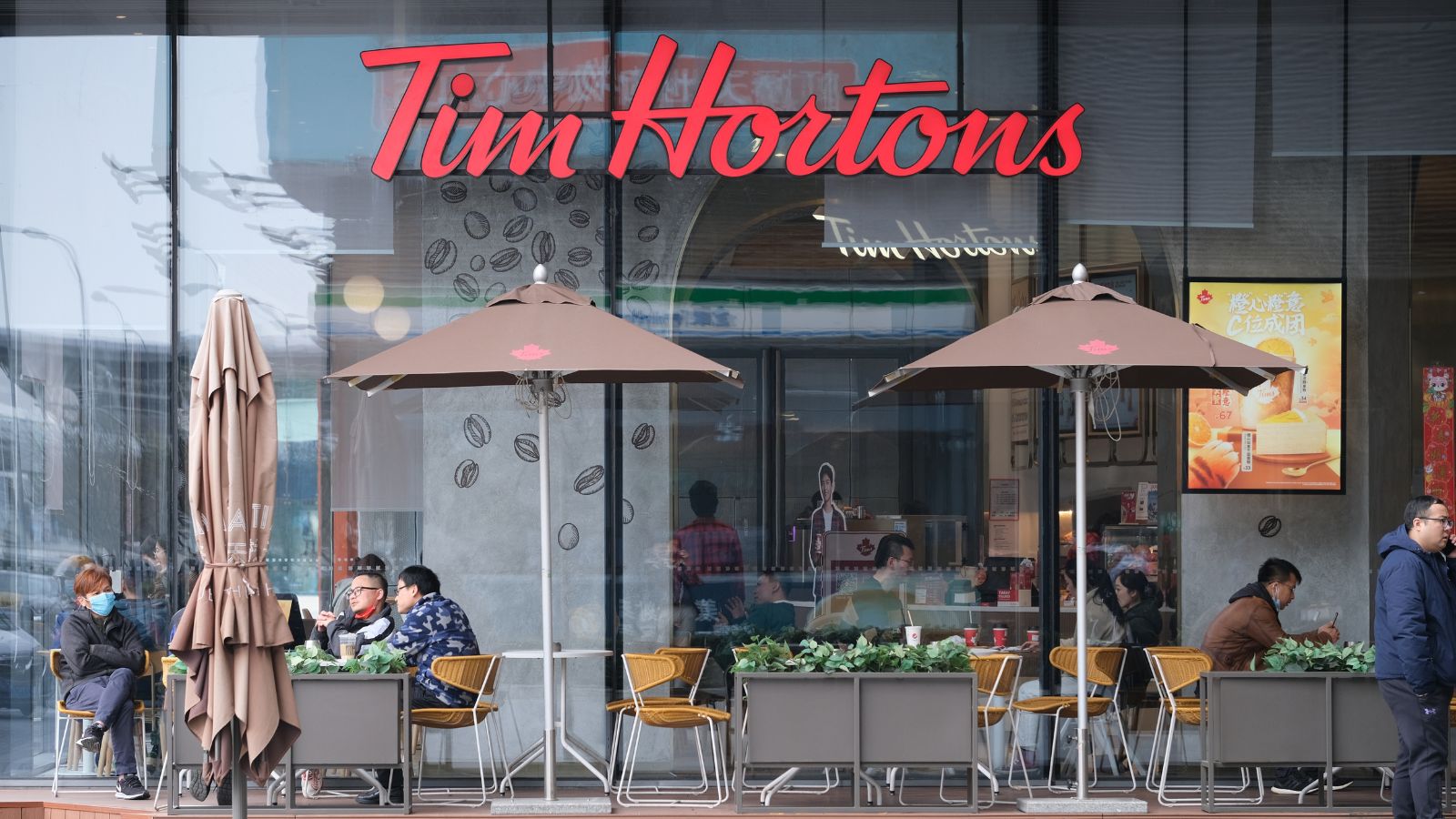
“Timmies” is affectionate shorthand for Tim Hortons, the coffee-and-donut chain that’s as Canadian as maple syrup. Saying “I’m grabbing Timmies” needs no clarification; it implies caffeine, comfort, and likely a drive-thru. Americans often think it’s a person or nickname, but to Canadians, it’s a cultural institution. “Meeting at Timmies” can mean anything from a casual hangout to a small-town business meeting. The brand’s language, “double-double,” “Timbits”, has even shaped national slang. You could almost call Timmies the heartbeat of Canadian mornings.
Garburator
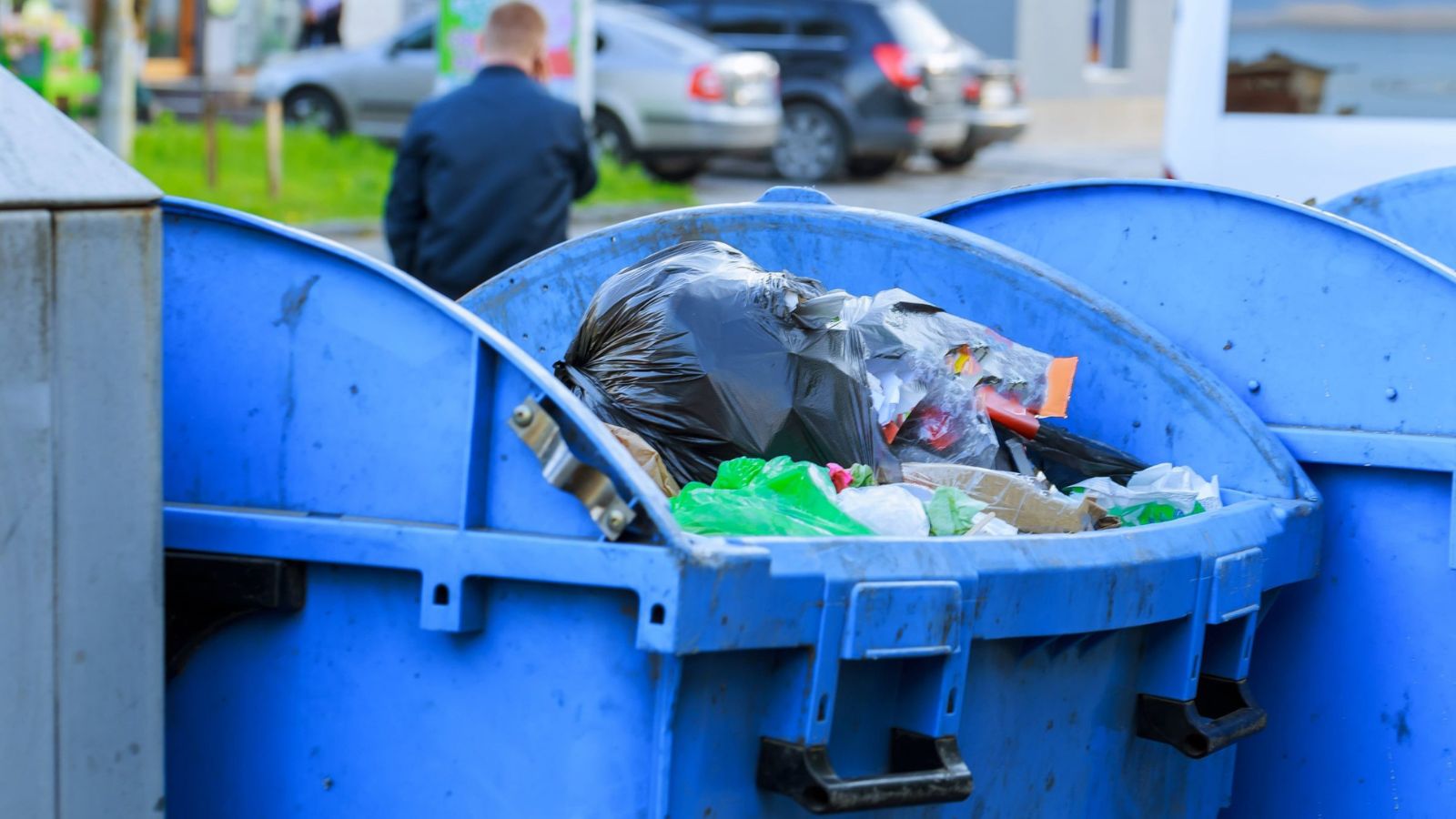
A “garburator” is a garbage disposal unit, and no, that’s not a made-up word. It’s a real household term across much of Canada, though Americans usually call it a “disposal.” The word sounds slightly sci-fi, but it fits perfectly with Canada’s love of practical efficiency. “Don’t put bones in the garburator” is advice every kid hears growing up. It’s one of those words Americans find oddly endearing, mainly because it sounds like a robot designed to eat leftovers.
Dinged
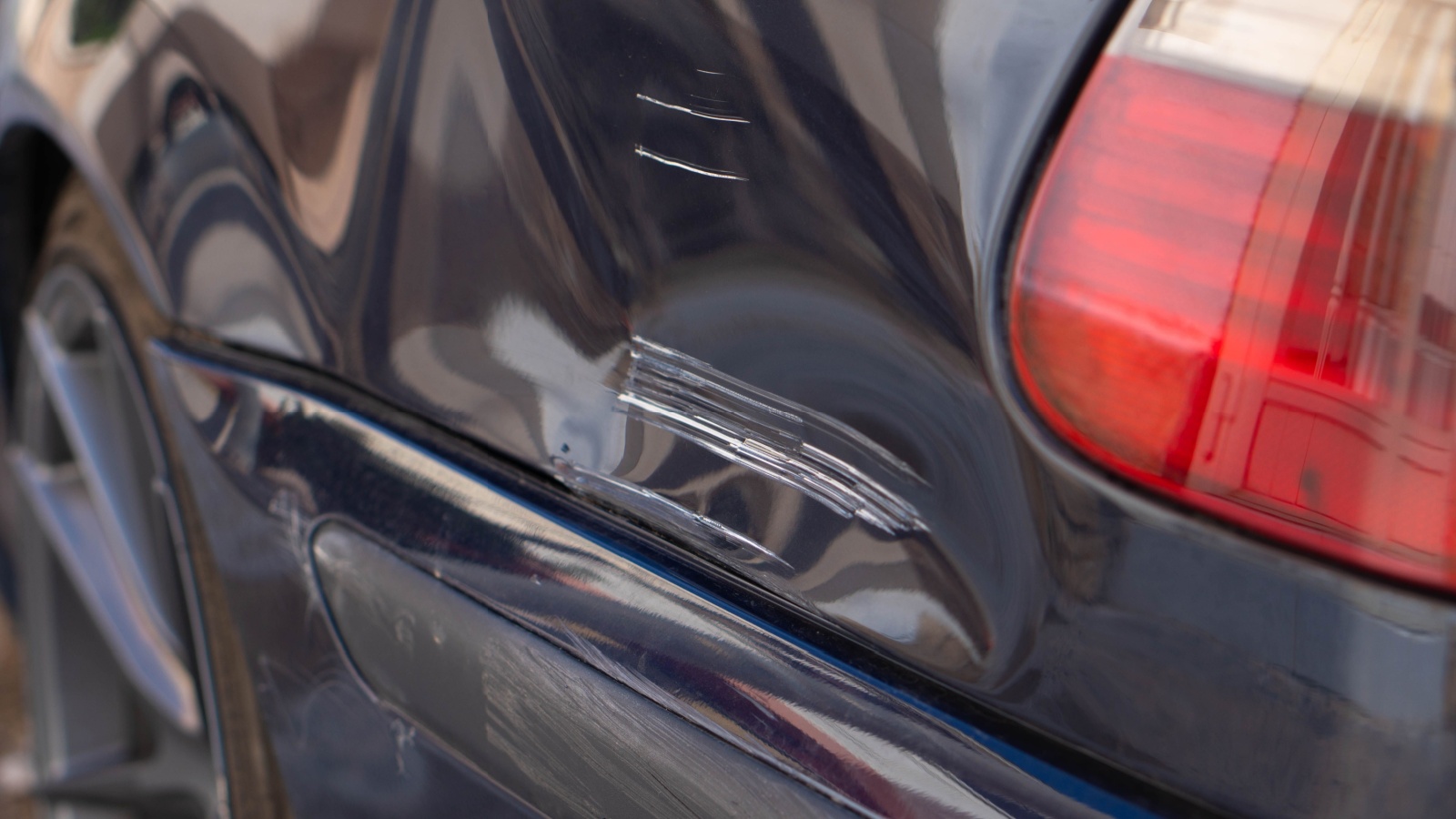
In Canadian slang, “dinged” can mean hit, scratched, or charged unfairly, context is everything. “My car got dinged” could mean a minor dent, while “I got dinged twenty bucks” means an unexpected fee. Americans understand “dinged” in physical terms but rarely use it financially. Canadians, on the other hand, apply it broadly, whether discussing car insurance or overpriced poutine. It’s one of those adaptable little words that’s endlessly useful in daily speech, proof that brevity can be brilliant.
Stag and Doe

This term confuses even English-speaking visitors. A “Stag and Doe” (or “Jack and Jill”) is a pre-wedding fundraising party where guests pay for drinks and raffle tickets to help cover the couple’s wedding costs. It’s part community event, part wild night out. Americans might see it as odd to fundraise for your own wedding. but in small-town Canada, it’s tradition. Everyone chips in, everyone dances, and the couple ends up with both memories and money. It’s practical, festive, and very Canadian.
21 Products Canadians Should Stockpile Before Tariffs Hit

If trade tensions escalate between Canada and the U.S., everyday essentials can suddenly disappear or skyrocket in price. Products like pantry basics and tech must-haves that depend on are deeply tied to cross-border supply chains and are likely to face various kinds of disruptions
21 Products Canadians Should Stockpile Before Tariffs Hit
